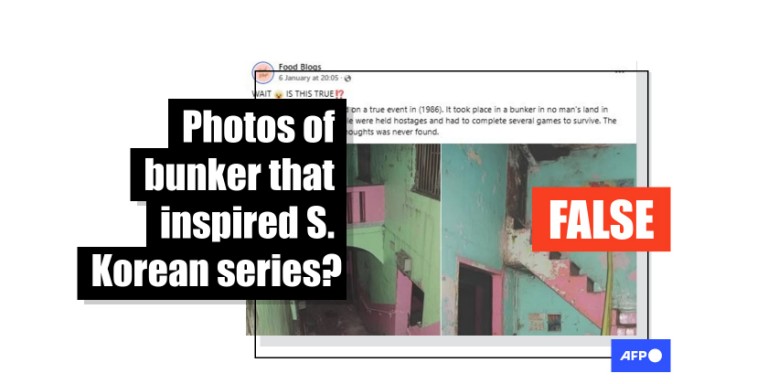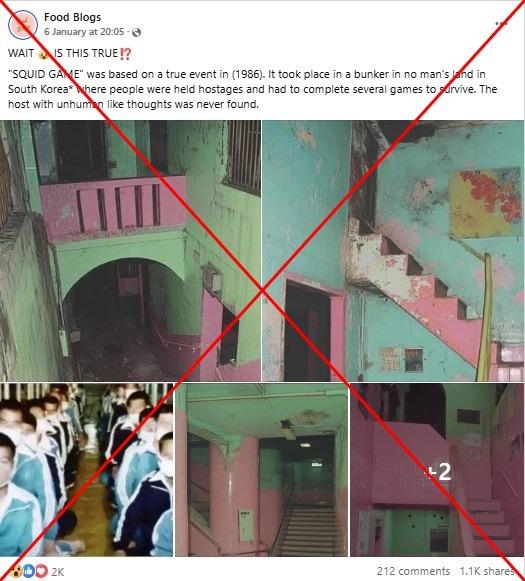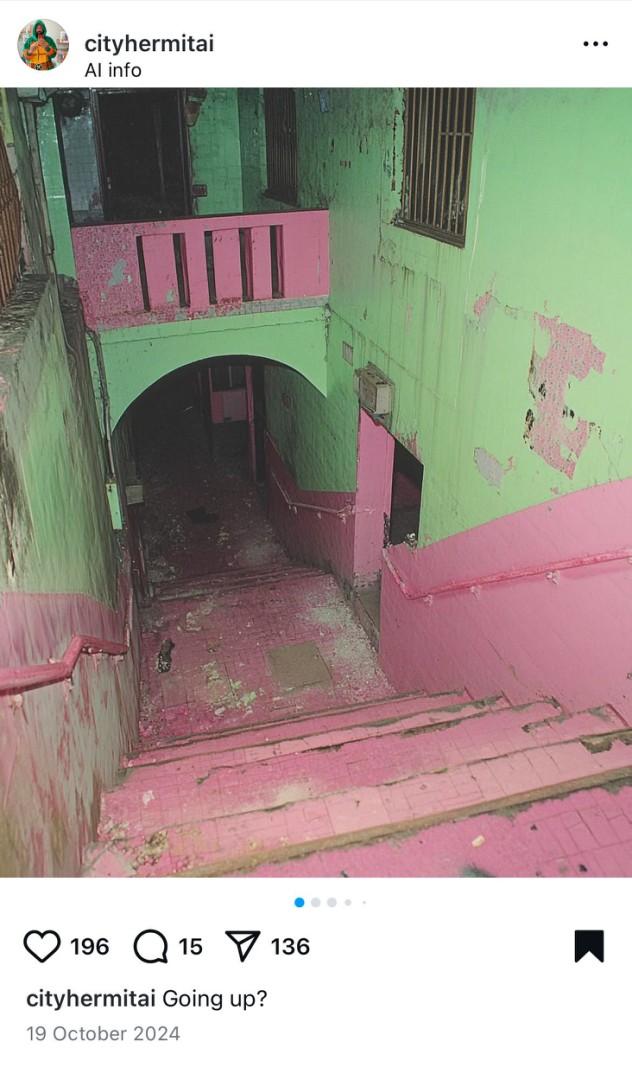
AI bunker images spark misinformation on Squid Game origin
- Published on January 14, 2025 at 09:50
- Updated on January 14, 2025 at 09:53
- 3 min read
- By AFP Thailand
"SQUID GAME was based on a true event in (1986)," read a Facebook post from a page with one million followers that shared the pictures on January 6.
"It took place in a bunker in no man's land in South Korea where people were held hostages and had to compete several games to survive."
The images show dimly-lit hallways painted in pink and green, while another photo in the post shows men in blue tracksuits lined up in a dormitory.

The pictures spread online around the world, including in posts written in Burmese, Chinese, English, Indonesian, Malay, Spanish, Turkish and Thai, as Netflix released the second season of "Squid Game".
The show is a dystopian vision of South Korea where desperate people compete in deadly versions of traditional children's games for a massive cash prize (archived link).
Many social media users appeared to be fooled by the AI-generated images.
"I saw it on TikTok. The game was created to eradicate poverty," one commented.
"So this movie was based on a true story, now I'm even more interested," another wrote.
However, Squid Game's creator Hwang Dong-hyuk has said the show was inspired by Japanese comics.
He told Variety in 2021 he was influenced by dark Japanese comics he read such as "Battle Royale" and "Liar Game" (archived link).
The director also told AFP the main character Gi-hun was inspired by the violent Ssangyong strikes in South Korea.
Ssangyong, a struggling car company, announced in 2009 it was cutting nearly 40 percent of its workforce -- which culminated to a 77-day strike that ended in clashes between workers armed with slingshots and steel pipes and riot police wielding rubber bullets and tasers.
Many union members were severely beaten and some were jailed.
"I wanted to show that any ordinary middle-class person in the world we live in today can fall to the bottom of the economic ladder overnight," Hwang told AFP in 2021.
Detention facility
A reverse image search on Google found the images of pink and green hallways shared online were posted on Instagram account "cityhermitai" on October 19, 2024 (archived link).
The account, which is run by Turkey-based writer Efe Levent, regularly posts AI-generated imagery (archived link).
Levent told AFP on January 7 he created the pictures using the AI tool Midjourney.

Meanwhile, the photo of men in tracksuits was taken from a documentary about Brothers Home, a notorious detention facility in the South Korean city of Busan where widespread human rights abuse was found to have occurred between 1960 and 1992 (archived link).
A keyword search on Google found the picture in a documentary about the institution posted on YouTube by South Korean newspaper Busan Ilbo (archived link).
The photo appears at the 18:55-minute mark of the video.
Below is the screenshot comparison of the image in the false post (left) and YouTube video (right):

AFP has published a guide on spotting AI-generated images here.
Copyright © AFP 2017-2025. Any commercial use of this content requires a subscription. Click here to find out more.
Is there content that you would like AFP to fact-check? Get in touch.
Contact us




